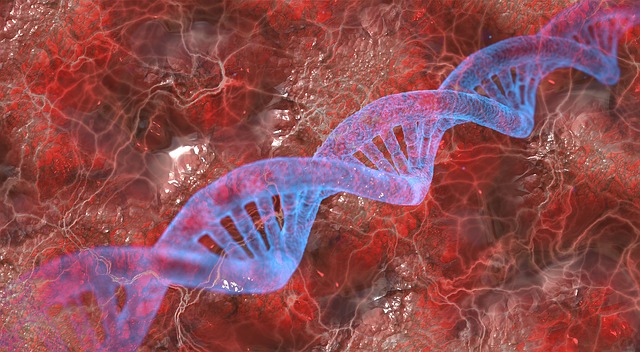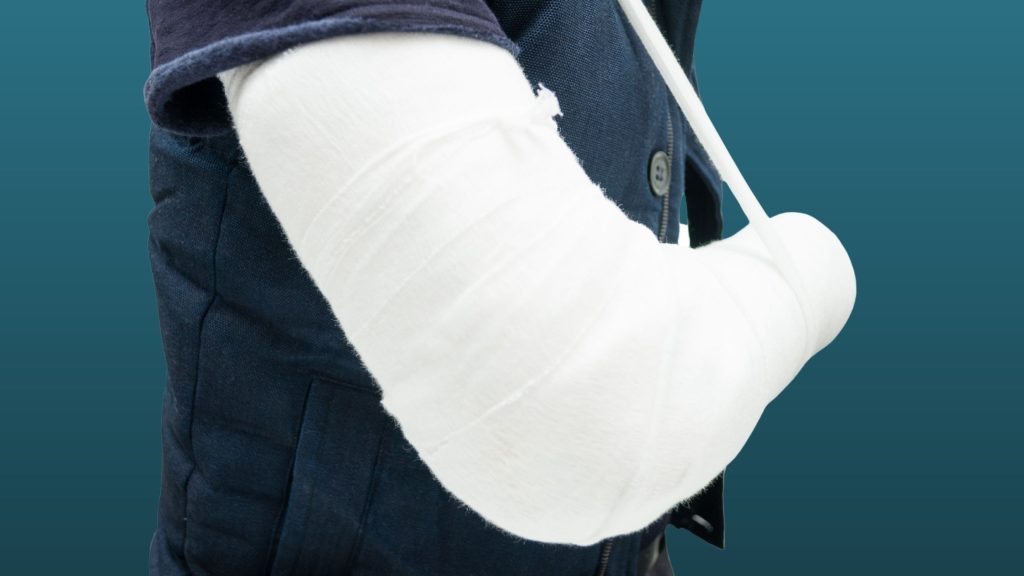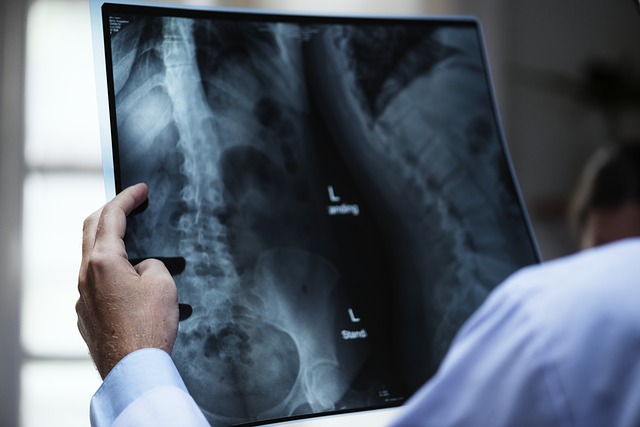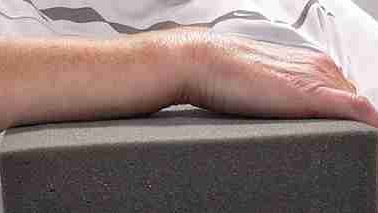
When we are suffering from chronic pain, the pain is processed by a protein present in the brain circuit known as RGS4. In a recent study, scientists have found that by preventing the action of this protein chronic pain can be controlled.
Chronic pain is old pain that develops with time. Actually when we get hurt or injured and pain is recent/ fresh then it is termed as acute pain. As injury improves with time it enters the sub-acute phase and some times pain does not heal completely and becomes old and chronic.
The research was conducted on mice at the Icahn School of Medicine at Mount Sinai in New York City. Researchers observed that the action of RGS4 protein contributes to the transition from acute and sub-acute pain to chronic pain states and to the maintenance of pain. Disrupting the action of this protein will disrupt the maintenance of pain.
In this article, we will dig deeper into the result of the research and will try to understand how it can help us in the future as a chronic pain sufferer.
Chronic pain and RGS4 protein
After a certain age, almost all of us suffer from one or more chronic pain conditions. An incompletely healed acute pain due to internal injury or fracture becomes sub-acute pain and as the time progresses it enters into the chronic pain stage.
But not all chronic pain is related to injury, many of them is due to repeated microtrauma related to posture and job nature. Some maybe even genetic in origin.
A few of the most common chronic pain conditions are:
- Fibromyalgia,
- Trigger points/ muscle knots,
- Arthritis.
The protein RGS4 (Regulator of G protein signaling 4) is found in brain circuits that process pathological pain, mood, and motivation.
“Our research reveals that RGS4 actions contribute to the transition from acute and sub-acute pain to pathological pain states and to the maintenance of pain,” says Venetia Zachariou, PhD, a professor in the Friedman Brain Institute at the Icahn School of Medicine at Mount Sinai in New York City.
“Because chronic pain states affect numerous neurochemical processes and single-target drugs are unlikely to work, it’s exciting to have discovered a multifunctional protein that can be targeted to disrupt the maintenance of pain.”
Research methodology
All the research was carried on both male and female mice to demonstrate the role of RGS4 in the maintenance of chronic pain states.
In a controlled environment, mice were subjected to peripheral inflammation and nerve injury. Inflammation was induced in the left hind paw of mice by injecting chemicals.
Nerve injury was induced to the left sciatic nerve of mice by a procedure known as Spared nerve injury (SNI). It is a kind of microscopic surgery.
After this, in a very controlled state (preventing the action of RGS4) the mice were subjected to the following test to note the nature of recovery fro pain:
- Von Frey test for mechanical allodynia.
- Hargrave’s test for thermal hyperalgesia.
- Cold plate test.
- Formalin test.
- Wheel Running.
Result
Researchers found that the prevention of RGS4 action leads to recovery from mechanical and cold hypersensitivity and increases motivation for wheel running.
In hind paw inflammation experts also demonstrate that downregulation of RGS4 promotes recovery from mechanical and cold allodynia.
Overall, the study provides information on a novel intracellular pathway that contributes to the maintenance of chronic pain states and points to RGS4 as a potential therapeutic target.
What does it mean for us
Treatments for chronic pain conditions currently have limited results as well as problematic side effects or addictive properties that can lead to dependence.
New research may help in breaking the pattern in which acute pain is processed by the body to sub-acute and chronic pain therby completely stoping the pain when it is still in its early stage.
Physiotherapy has also found to be very helpful in chronic pain. In adjunct to present medication (and till this research becomes part of our life), physiotherapy can help to deal with pain at a physical level.
Resource:
Kleopatra Avrampou, Kerri D. Pryce, Aarthi Ramakrishnan, Farhana Sakloth, Sevasti Gaspari, Randal A. Serafini, Vasiliki Mitsi, Claire Polizu, Cole Swartz, Barbara Ligas, Abigail Richards, Li Shen, Fiona B. Carr, Venetia ZachariouJournal of Neuroscience 15 July 2019, 3154-18; DOI: 10.1523/JNEUROSCI.3154-18.2019
The author is a physiotherapist who has been practising for the last 17 years. He holds a Bachelor's in Physiotherapy (BPT) from SVNIRTAR (Swami Vivekananda National Institute of Rehabilitation and Research), one of the prestigious physiotherapy schools in India.
Whatever he learns dealing with his patient, he shares it with the world through blogs and e-books. He also owns a YouTube channel, "Sunit Physiotherapist" with over 8 lakh active subscribers. Here, he shares everything he gets to learn serving the patient.






Pingback: 7 Best Stretching Exercise for Quick Body Ache Relief : Physiosunit